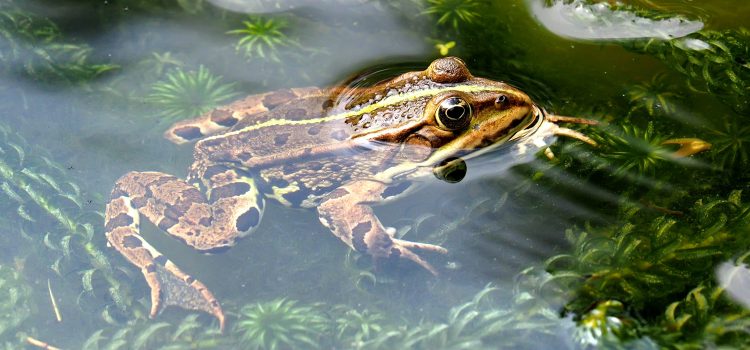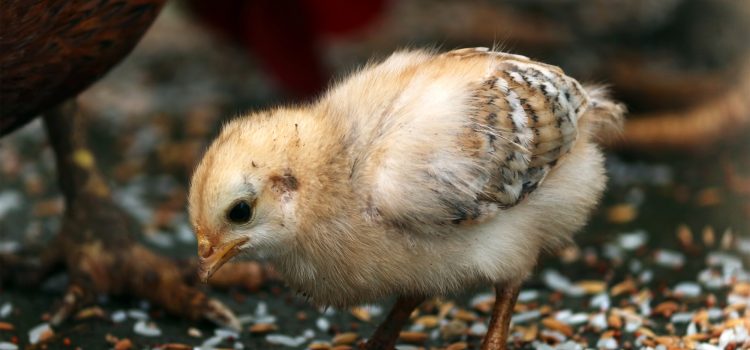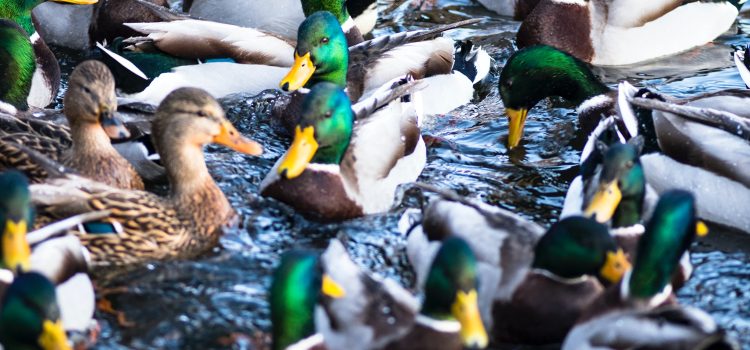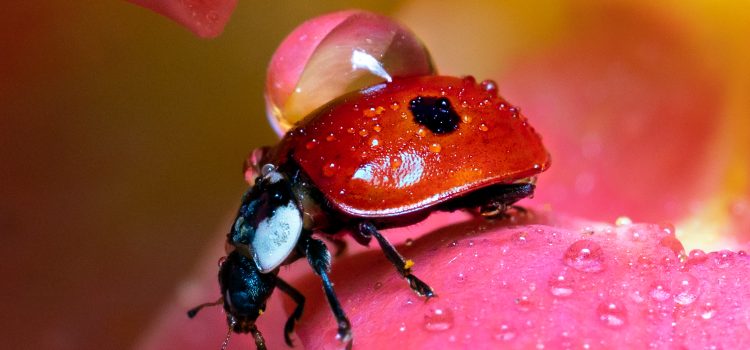
As humans, we often find ourselves fascinated by the diverse animal kingdom that shares our planet. From furry mammals to slimy amphibians, there is an endless array of creatures to explore and learn about. One such group of animals that is particularly intriguing is frogs.
Frogs are a type of amphibian that are known for their unique lifecycle and ability to jump great distances. These creatures are found all over the world, with over 7,000 species in existence. Some of the most commonly known species include the American bullfrog, poison dart frog, and tree frog.
If you’re interested in learning more about these fascinating creatures, here is a comprehensive guide to help you hop into the world of frogs:
- Life Cycle: A frog’s life cycle is an incredible process. It begins when a female frog lays eggs in a body of water. These eggs hatch into tadpoles, which have gills and breathe underwater. As they grow, they develop lungs and legs, eventually turning into adult frogs.
- Habitat: Frogs can be found in a variety of habitats, including freshwater, saltwater, forests, deserts, and even urban areas. They require water to breed and lay their eggs, but many species spend the majority of their lives on land.
- Diet: Frogs are carnivores and typically feed on insects, spiders, and other small invertebrates. Some larger species have been known to eat small mammals and even other frogs.
- Adaptations: Frogs have several unique adaptations that allow them to survive in their environments. For example, some species can change their skin color to blend in with their surroundings, while others have sticky pads on their feet to help them climb.
- Threats: Unfortunately, many frog species are facing threats to their survival, including habitat loss, pollution, and climate change. Some species are also over-harvested for their meat and skin.
- Conservation: To help protect frog populations, conservation efforts are underway around the world. These efforts include habitat restoration, captive breeding programs, and public education.

















